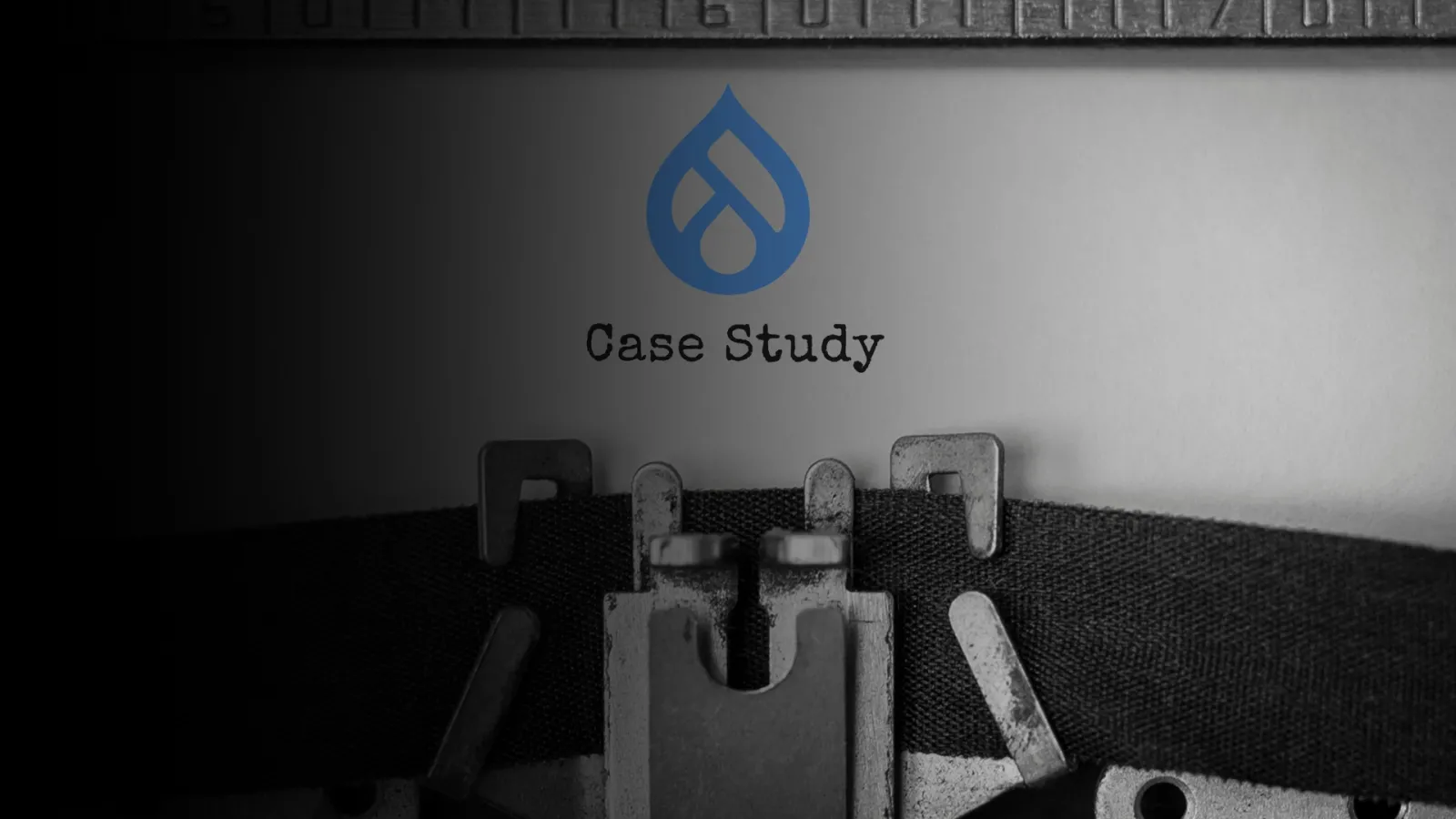When businesses decide to migrate their digital presence to Drupal, they’re often chasing more than just a modern CMS—they’re pursuing flexibility, performance, security, and long-term scalability. But while the promise of Drupal is compelling, the migration journey is complex. For midsize enterprises in particular, constrained by resources yet ambitious in scope, success lies in precision execution and tailored solutions.
At Valuebound, we’ve had the opportunity to work with organizations navigating this shift—some facing technical debt, others needing stronger digital foundations. In this article, we share real-world migration experiences that illuminate the challenges, decisions, and results of transitioning to Drupal.
From Legacy to Learning: A Digital Overhaul for an Educational Publisher
A well-established educational publishing house, catering to a global audience of students and teachers, approached Valuebound to reimagine its digital learning experience. While their platform was functional, it lacked the agility to support modern, interactive classroom features—especially post-pandemic.
Rather than patching the legacy system, the client opted to rebuild on Drupal, integrating live virtual classrooms and real-time collaboration tools. The migration wasn’t merely technical; it was philosophical. This was about shifting from a content repository to an immersive learning environment.
The challenges were multifaceted—preserving vast volumes of educational content, maintaining accessibility standards, and ensuring real-time stability during live sessions. But by modularizing the architecture and leveraging Drupal’s flexible entity system, we enabled seamless live sessions with near-zero lag and structured content delivery tailored by student profiles.
Outcomes? Increased adoption among teachers, measurable improvements in student engagement, and a marked rise in repeat usage across school networks. This migration wasn’t just a CMS shift—it was a digital transformation at the heart of pedagogy.
Engineering Performance: Lord Corporation’s Mobile-first Mandate
Migrating to Drupal isn’t always about starting over. Sometimes, it’s about elevating what already exists. Lord Corporation, a major player in adhesives and coatings, had a Drupal-based site that was underperforming, especially on mobile devices—a growing concern in their sales pipeline, where on-the-go access mattered.
The client’s objective was clear: deliver a frictionless, fast, mobile-optimized experience. The complexity, however, lay in handling thousands of product pages, PDFs, and data sheets without disrupting SEO rankings or legacy integrations.
Through careful refactoring of the front-end architecture and server-side optimization, we delivered a migration plan that felt more like a relaunch. Without changing the CMS version, we treated the upgrade as a migration in thought—rebuilding the experience while maintaining the data layer.
The result was a 43% improvement in mobile load times and a noticeable drop in bounce rates from mobile traffic—directly influencing lead quality and sales enablement.
Team Extension Meets Platform Evolution: Industrial Manufacturing Case
For a global mechanical and industrial engineering firm, their challenge was scale—not just of infrastructure but of team capabilities. Their digital assets were sprawling across multiple microsites and sub-brands, managed by a lean internal team with limited bandwidth for a migration project.
Instead of a rip-and-replace model, we proposed a phased Drupal migration supported by a dedicated external team from Valuebound. This hybrid model allowed the client to retain strategic oversight while offloading technical depth to our team.
Through staggered sprints, we migrated components site-by-site, containerizing features so that updates and rollbacks could happen independently. This modular approach not only de-risked the process but allowed business continuity across geographies.
Six months in, the client was able to unify their brand experience, accelerate content publishing timelines, and transition maintenance to their internal team—trained in parallel through the project’s duration. Migration here wasn’t just a technology shift, but an organizational capacity-building exercise.
Rethinking Employee Engagement Through Internal Portals
Not every Drupal migration is outward-facing. For a 1000+ employee cloud computing company, the problem wasn’t their customer site—it was internal. Their legacy intranet was outdated, uninspiring, and rarely used. Engagement was dismal. Information was siloed. And HR processes were paper-heavy.
The answer was to rebuild on Drupal with a focus on user experience and workflow automation. But this required more than migration scripts—it demanded design thinking. What do employees actually need from an internal portal? How do we make it feel less like an archive and more like a productivity tool?
By architecting Drupal as an experience platform—integrated with HRMS tools, onboarding flows, announcements, and personalized dashboards—we turned an inert portal into a vibrant workspace.
The transformation saw a 60% increase in intranet usage within three months. And more importantly, feedback loops emerged. Employees began to contribute to the platform itself—a sign that the migration had turned passive users into active participants.
The Bottom Line: Migrations Are Moments of Reinvention
Drupal migrations often carry the perception of being technical undertakings. But what we’ve seen consistently is that successful migrations are acts of reinvention—of rethinking how platforms serve their users, whether they are students, engineers, employees, or sales reps.
For midsize companies, the migration is not just a switch in technology; it’s an opportunity to realign digital goals with business outcomes. When done right, as these cases illustrate, it doesn't just improve performance—it unlocks potential.
If you're considering a Drupal migration and want to learn from real experiences, these stories offer more than technical insight—they reflect strategic choices that paid off. And that’s the real value of migration: not in what you move, but in what you build next.





